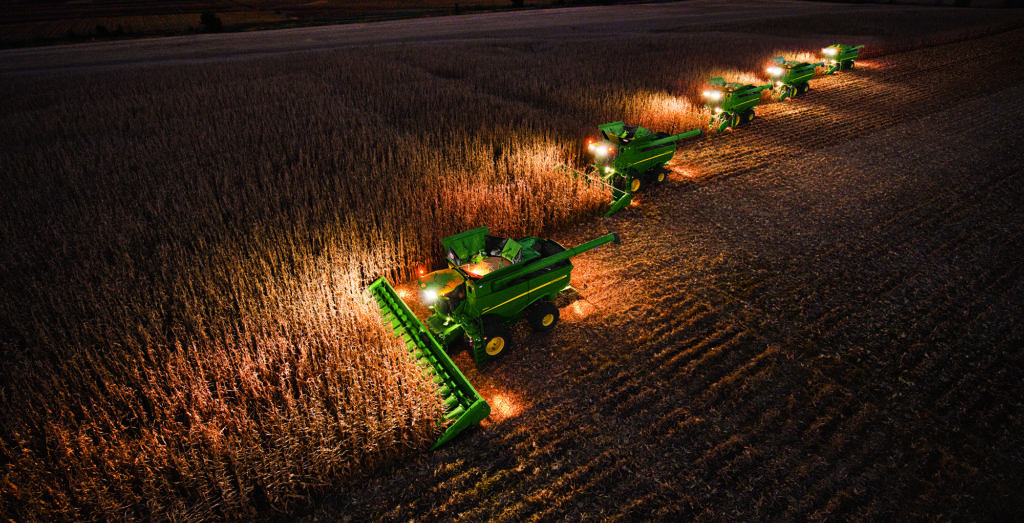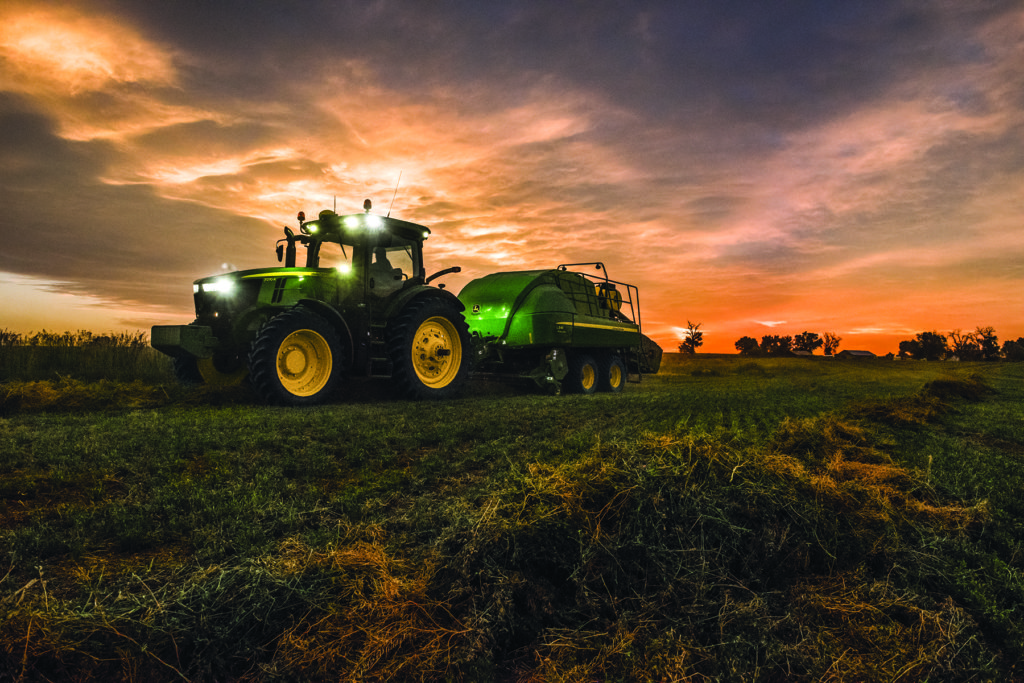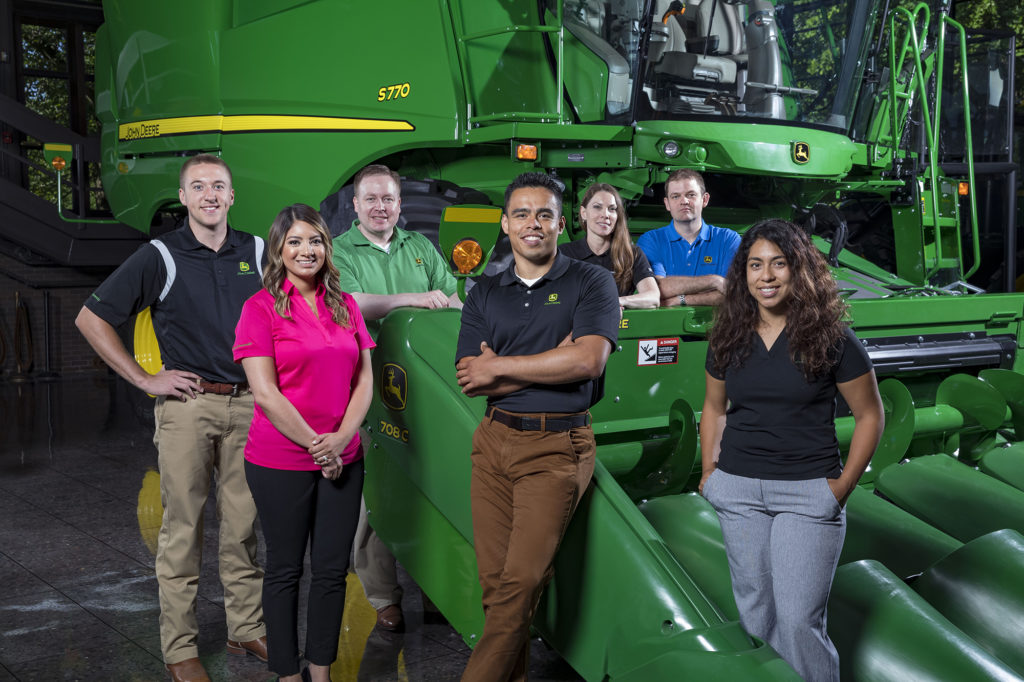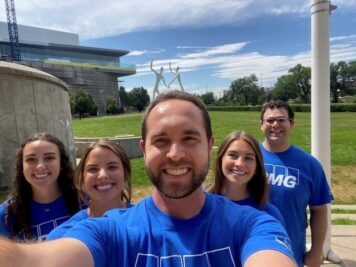Technology is truly everywhere. And believe it or not, tractors (and all sorts of agricultural tools and processes) are no exception.
That’s where the folks at John Deere come in.
John Deere is the name in agricultural tech. From the first hand-operated steel plow to the self-directing machine behemoths that tackle farming today, John Deere has always made the best-in-class gear for farmers, landscapers, foresters, and more. And it doesn’t stay that way by resting on its laurels. The world of agritech is far more complicated and exciting than you might ever have imagined.
To get a better look at innovation within the company, we spoke to one of their innovation leaders, Julian Sanchez. He’s a career technologist and serial innovator who specializes in user experience and the digital space. Given his prior background in medical device tech and aviation, John Deere might seem like a strange fit for him—but Julian thinks it’s what helps him succeed in his role.
The ‘Magic’ Test For Self-Driving Tractors

“John Deere sits right on the cusp of Old World and New World,” Julian says. “What I mean by that we are still a manufacturing company, we are still making big iron machines, you’ve got to get that right. But here we are trying to digitize agriculture, construction, forestry, and even lawn-care,” he says.
And most of those digital solutions that Julian is working on have to do with automation. “We’re in a business where automation is a key part of our future, and in the journey toward that goal, we keep introducing subsystems that are automated. We are heavily focused on making sure we get the user experience and connectivity of those solutions right,” Julian says.
That means helping tractors, combines, and way, way more get better at recognizing the task of the farmer and the function that they fill with less input from the operator. “We should be able to tell that our customer is at the fields with a planter with a certain type of seed at a certain time of year. They shouldn’t have to enter data every single time,” Julian explains.
And that’s a goal that they’ve made massive strides toward. But it’s not just interface tools that they’re working on. A lot of the space-age dreams of agritech have already been realized. Yes, we’re talking about machines that do manual labor largely without humans operating them.
“You know, tractors already drive themselves,” Julian says. “So we’ve already achieved that element of the sci-fi world. There’s even a combine that can pretty much adjust itself and attain an optimal setting in a lot of fields.”
To Julian and millions of John Deere customers, this stuff is truly incredible.
“I would say at least half of the work I’m doing, it feels like magic. And that’s kind of the measure I use to tell whether something is really innovation: If the first time you see it, you just smile and think, ‘This feels like magic!” he says.
The ‘Magic’ Happens All Over
This sort of innovation isn’t restricted to one team or one location, either.
“Innovation happens across the entire company. I used to work out of our office in Champaign, Illinois, where there’s this ‘Silicon Prairie’ of innovation. In the last three weeks, I moved to our technology center in Germany,” Julian says.

“We have a number of innovation centers around the world: Several locations in the United States and across the globe, including the one that I’m working out of now in Germany, and our San Francisco labs,” he says. The last one, Julian tells us, is particularly exciting, as its work relates primarily to the Blue River group, an agritech firm John Deere recently acquired.
“There are a number of nodes of innovation, but the purpose of the San Francisco center is to give us access to the ideas and the talent in Silicon Valley. That lab has a special link to the Blue River group, which is an acquisition we made thinking about advancing our capabilities and our expertise levels in the areas of artificial intelligence,” he says.
“We’re certainly excited about some of the work that Blue River has in the pipeline. They had been working on a variety of systems to detect and spray weeds in a very precise manner, so that’s still the core of the technology that they’re developing.”
Their See & Spray technology—the project that Julian referred to—uses the exact kind of decision-making technology that John Deere hopes to utilize across the business in other automation efforts.
The Right Culture To Back It All Up
So, from Silicon Valley to Silicon Prairie (and even to Germany), John Deere’s people innovate all over. But how do they sustain this? The company culture doesn’t leave anyone out of the loop. As Julian says, it’s a whole company effort, which makes the experience that much more meaningful.
“The fact that the company is going through this transformation really exposes everyone to it. So, it’s not just a small group of us working behind closed doors on some magical thing that gets revealed,” he says.
“From a technical standpoint, that involves everyone. Even if you’re an entry-level manufacturing engineer, you’re going to have some interaction with the manufacturability of one of our vehicles that now needs to double or triple the number of sensors that go on it,” he says.
Innovation, Julian stresses, even impacts spaces beyond engineering.

“If you’re in the supply management space, you’re going to deal with a whole new set of suppliers—ones we’ve never dealt with before—who supply a whole new set of sensors for automotive. If you’re in the finance group, you’re going to have to figure out what the tax implications are of offering digital services,” he explains.
So, what makes John Deere different in tech?
“There are certainly other businesses that have already branded themselves ‘technology companies.’ They may have a stronger brand as a tech company. But guess what? You’re going to go to some of those companies, and you’re going to sit on the bench,” Julian says.
“But if you come to John Deere—because we are literally in the middle of that transformation and will be for a while—you can be right in the game. I’ve personally hired, through my organization, a few dozen people into John Deere. And I don’t think that I have failed to deliver on that promise to any of the people that have come in.”
Pretty cool, right?
Find your tech future at John Deere. They’re hiring now on WayUp!





